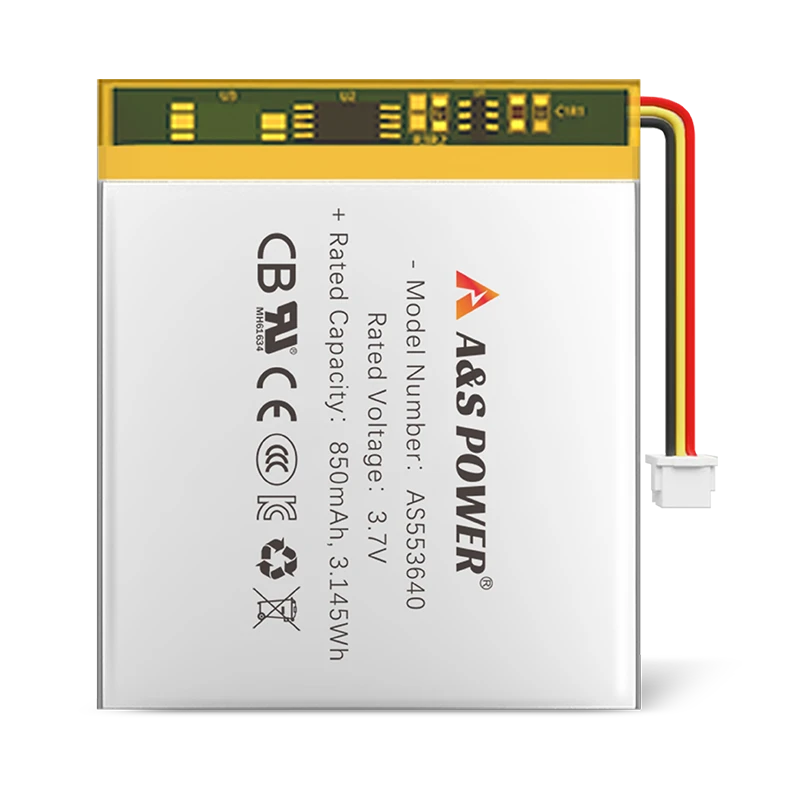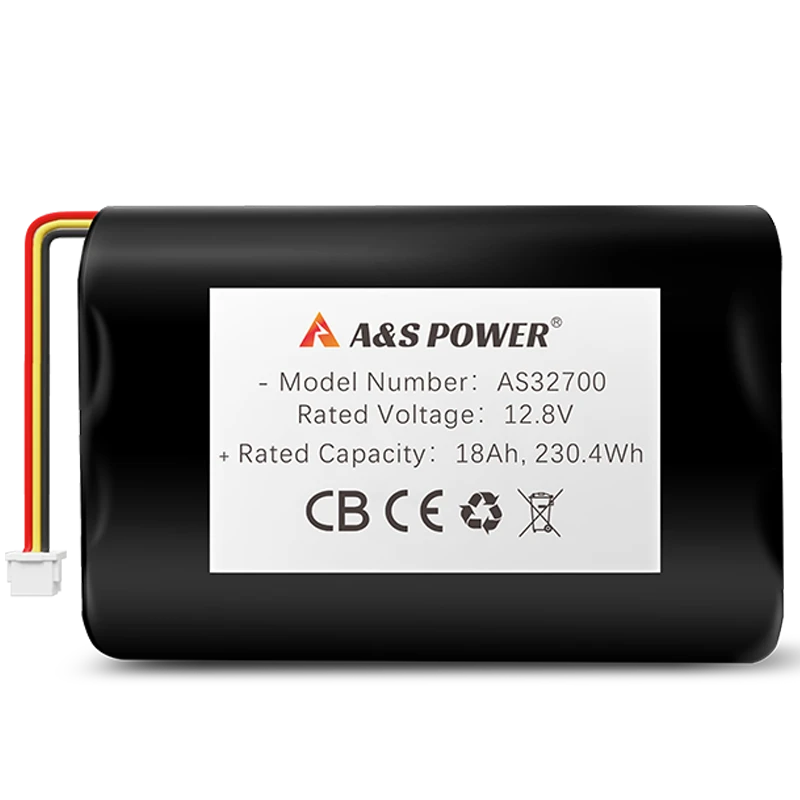The Role of Lithium Batteries in Smart Wearable Devices
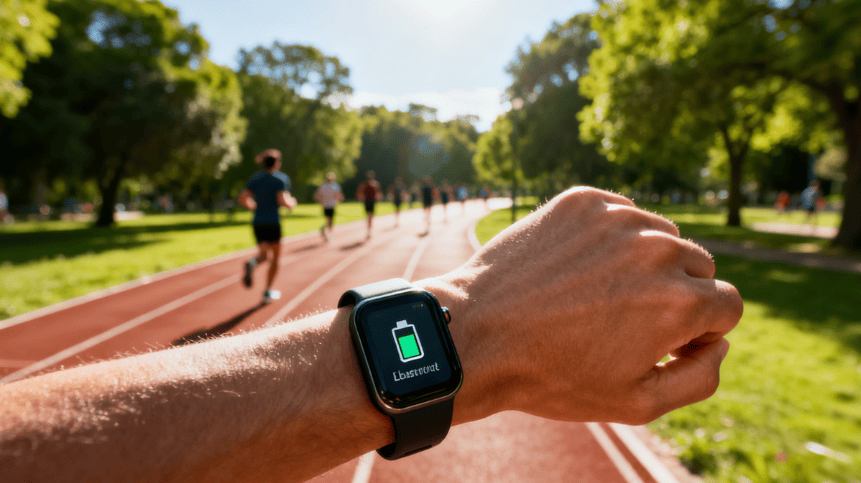
From smart watches and fitness trackers to medical monitoring bands and AR glasses, the wearable device market has exploded over the past decade — and its heart is powered by a single core component: the lithium battery.
These miniature power sources define not only how long your smartwatch lasts but also how thin, light, and comfortable it feels.
As more industries rely on wearable technologies, the demand for safer, higher-energy, and longer-lasting lithium batteries is transforming how products are designed.
In this article, we’ll explore:
-
Why lithium batteries dominate wearable technology
-
The difference between Li-ion and LiPo chemistries
-
Market trends and battery miniaturization challenges
-
How A&S Power engineers reliable custom solutions for global wearable brands
1. Why Lithium Batteries Dominate the Wearable Market
A. Energy Density Meets Portability
Smart wearables are space-limited devices. Every cubic millimeter counts. Lithium-ion and lithium-polymer (LiPo) batteries offer the highest energy density per weight among rechargeable chemistries — typically 200–260 Wh/kg, far surpassing NiMH (100 Wh/kg) or alkaline batteries (80 Wh/kg).
This makes lithium batteries ideal for ultra-compact designs like earbuds, glucose sensors, or smart rings.
B. Rechargeability and Cycle Life
Most wearables are recharged daily or weekly. Lithium cells can handle 500–1000+ cycles without significant degradation, ensuring product longevity.
LiFePO4 chemistry, used in some medical-grade wearables, offers >3000 cycles, ideal for hospital or industrial environments.
C. Safety and Consistency
Modern wearable batteries include integrated protection circuits (PCM) or Battery Management Systems (BMS) that prevent:
-
Overcharge and over-discharge
-
Short circuit and overheating
-
Voltage imbalance between cells
A&S Power integrates advanced PCM modules directly into mini cells as small as AS481221 (3.7V 80mAh) or AS701416 (100mAh).
2. Understanding Battery Chemistries for Wearables
| Type | Energy Density | Flexibility | Cycle Life | Safety | Typical Use |
|---|---|---|---|---|---|
| Li-ion (Cylindrical) | ★★★★☆ | Limited | 500–1000 | Good | Smart glasses, wearables with space |
| LiPo (Lithium Polymer) | ★★★★★ | Excellent | 400–800 | Very good | Smartwatches, rings, earbuds |
| LiFePO4 | ★★★☆☆ | Moderate | 3000+ | Excellent | Medical or industrial wearables |
LiPo batteries dominate wearable markets because they can be made ultra-thin (1–4 mm) and shaped flexibly — rectangular, round, curved, or even custom geometries to fit ergonomic designs.
3. How Battery Size Impacts Wearable Design
Battery size determines more than just runtime — it defines device comfort and aesthetics.
-
Smartwatches: typically use 3.7V 100–300mAh LiPo cells
-
TWS earbuds: 30–70mAh cylindrical Li-ion cells
-
Smart rings: 10–20mAh micro LiPo pouches
-
Medical sensors: 150–500mAh LiFePO4 or Li-ion for extended uptime
For instance, a 100mAh 3.7V LiPo battery can power a smartwatch for 48–72 hours under normal use, balancing compactness and endurance.
4. Market Overview: Wearable Power in 2025 and Beyond
The global wearable technology market reached $82 billion in 2024, with battery demand growing 28% annually, according to IDC.
By 2030, smart wearables are expected to consume over 6 billion lithium cells annually, driven by:
-
Health monitoring (heart rate, SpO₂, ECG)
-
Medical IoT (MIoT) and remote diagnostics
-
Fitness & lifestyle tracking
-
AR/VR wearables in industrial training
Countries leading innovation include:
-
USA: Apple, Fitbit, WHOOP
-
Germany: Bosch Sensortec, medical device OEMs
-
China: Xiaomi, Huawei, Zepp
-
Korea & Japan: Samsung, Sony, Omron Healthcare
5. Power Challenges in Next-Gen Wearables
A. Limited Space
Designers face a paradox: users want slimmer devices but longer battery life.
A&S Power tackles this through:
-
High-density electrode materials
-
Ultra-thin aluminum packaging
-
Custom-shaped LiPo designs
B. Battery Safety in Contact with Skin
Wearables sit directly against human skin — meaning temperature and chemical stability are critical.
LiPo cells from A&S Power use non-leak polymer electrolytes, and pass:
-
IEC62133 / UL1642 / UN38.3
-
72-hour thermal abuse and crush tests
C. Rapid Charging
Smartwatches and medical trackers increasingly adopt fast-charging LiPo batteries capable of reaching 80% charge in 30 minutes, using low-resistance anode materials.
D. Environmental and Recycling Pressure
EU’s Battery Regulation (EU) 2023/1542 mandates:
-
Traceable manufacturing
-
Recyclable materials
-
Clear labeling of capacity and chemistry
A&S Power complies fully, offering RoHS, REACH, and environmental documentation for all exports.
6. The Science Behind Miniaturized LiPo Cells
The innovation in wearable batteries lies in materials and structure engineering.
A. High-energy Cathodes
NMC (Nickel Manganese Cobalt) and NCA (Nickel Cobalt Aluminum) cathodes provide high voltage output, reaching up to 3.9V nominal for micro cells.
B. Advanced Electrolytes
Solid and semi-solid electrolytes reduce leakage risks while maintaining ion mobility for rapid charge transfer.
C. Ultra-thin Separator Films
Modern separators are under 15 microns, yet resist puncture and short circuit — key for curved wearable batteries.
D. Flexible Lamination Packaging
Pouch-type aluminum films allow battery bending to fit ergonomic contours.
Result: Wearable LiPo cells now achieve 200 Wh/kg energy density, with >98% charge efficiency.
7. Case Studies: Powering Modern Wearables
Case 1 – Smartwatch Manufacturer (EU Market)
-
Requirement: 3.7V 250mAh curved LiPo battery, <4mm thickness
-
Solution: A&S Power AS402540 customized model
-
Result: 72-hour battery life, passed CE/IEC62133
Case 2 – Medical Sensor Startup (US)
-
Requirement: Compact battery for continuous glucose monitor
-
Solution: 3.7V 180mAh LiFePO4 with PCB
-
Result: Achieved 2-week runtime, FDA-grade safety certification
Case 3 – Fitness Earbuds
-
Requirement: <1g battery with quick-charge feature
-
Solution: AS301015 3.7V 50mAh Li-ion microcell
-
Result: 15-minute fast charging to 70%, high-temperature tolerance
8. Safety Certifications and Global Compliance
A&S Power ensures every wearable battery meets:
-
UN38.3 (Transport Safety)
-
IEC62133-2 (Consumer Product Safety)
-
UL1642 (Electrical Safety)
-
RoHS / REACH / CE / CB Scheme
This ensures smooth logistics, customs clearance, and integration into FDA, CE, and ISO13485 certified products.
9. The Future: Flexible and Bio-Compatible Batteries
A. Flexible Lithium Cells
R&D is advancing toward bendable lithium batteries built on polymer substrates, enabling smart clothing or skin-mounted electronics.
B. Solid-State Micro Batteries
By 2030, solid-state micro cells could achieve 400 Wh/L energy density, doubling current LiPo capabilities — ideal for ultra-mini sensors.
C. Energy Harvesting Integration
Future wearables may use hybrid systems combining solar, motion, or body-heat harvesting with lithium storage — extending runtime without recharging.
A&S Power’s R&D division is already testing solid-state LiPo prototypes for medical wearable partners in Germany and Japan.
10. Choosing the Right Partner for Wearable Power Solutions
Selecting the right battery supplier is crucial.
Here’s what differentiates A&S Power from typical cell vendors:
| Criteria | Typical Supplier | A&S Power |
|---|---|---|
| Battery Chemistry | Fixed, standard sizes | Full LiPo / Li-ion / LiFePO4 range |
| Custom Design | Limited | Complete OEM/ODM engineering |
| Certifications | Basic CE | UN38.3 + UL + IEC + CB + KC |
| MOQ | 10,000 pcs | Flexible for prototypes |
| Technical Support | Minimal | Dedicated R&D team + simulation |
| Industry Focus | General | Medical, Wearables, IoT |
We understand that wearable OEMs need precision, traceability, and consistency — not just power.
11. Key Takeaways
-
Lithium-polymer batteries dominate wearable technology due to flexibility and energy density.
-
Custom shapes and safety certifications are vital for medical and consumer wearables.
-
A&S Power’s batteries are engineered for comfort, reliability, and global compliance.
-
The future lies in flexible, solid-state, and bio-compatible lithium cells.
-
Wearable Device Battery Solutions
-
Custom LiPo Battery Design
-
Battery Certifications Overview
-
Contact A&S Power
-

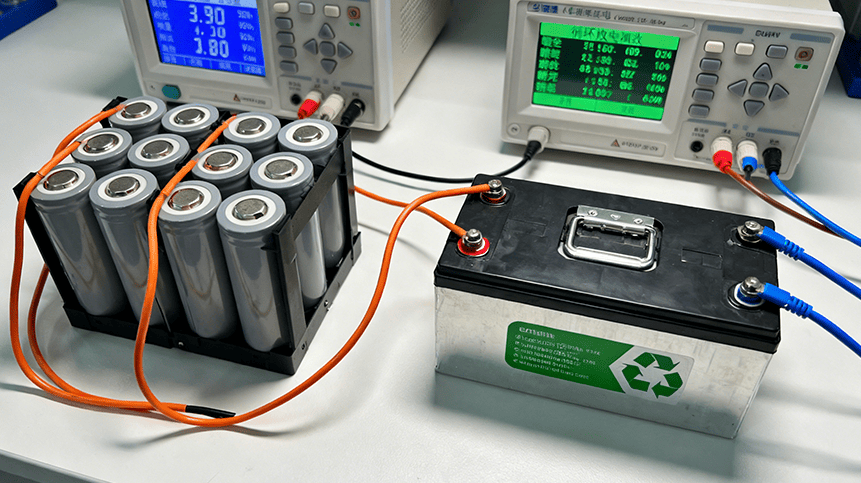 May.2025.11.24Ternary Lithium Battery vs Lithium-ion: Complete Comparison Guide (2025 Edition)Learn More
May.2025.11.24Ternary Lithium Battery vs Lithium-ion: Complete Comparison Guide (2025 Edition)Learn More -

 May.2025.11.214S2P 18650 14.8V Battery: Complete Technical Guide, Specs, Applications & SafetyLearn More
May.2025.11.214S2P 18650 14.8V Battery: Complete Technical Guide, Specs, Applications & SafetyLearn More -

 May.2025.11.18PCM vs BMS in Lithium Batteries: What’s the Difference and Which One Do You Need?Learn More
May.2025.11.18PCM vs BMS in Lithium Batteries: What’s the Difference and Which One Do You Need?Learn More -

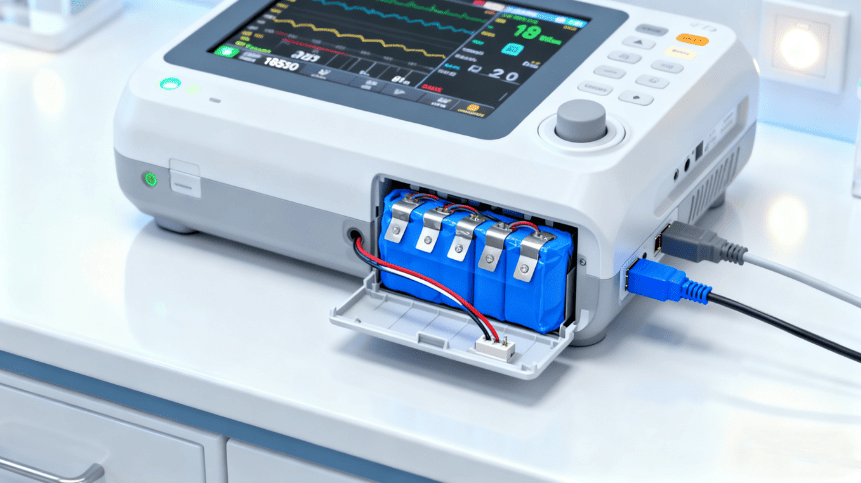 May.2025.11.17Custom Li-ion Battery Design for Medical Devices (2025 Comprehensive Guide)Learn More
May.2025.11.17Custom Li-ion Battery Design for Medical Devices (2025 Comprehensive Guide)Learn More -

 May.2025.11.17The Future of Lithium-Ion Batteries: Innovation, Sustainability, and Global Market TrendsLearn More
May.2025.11.17The Future of Lithium-Ion Batteries: Innovation, Sustainability, and Global Market TrendsLearn More




